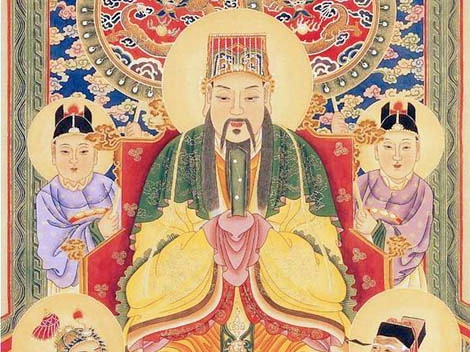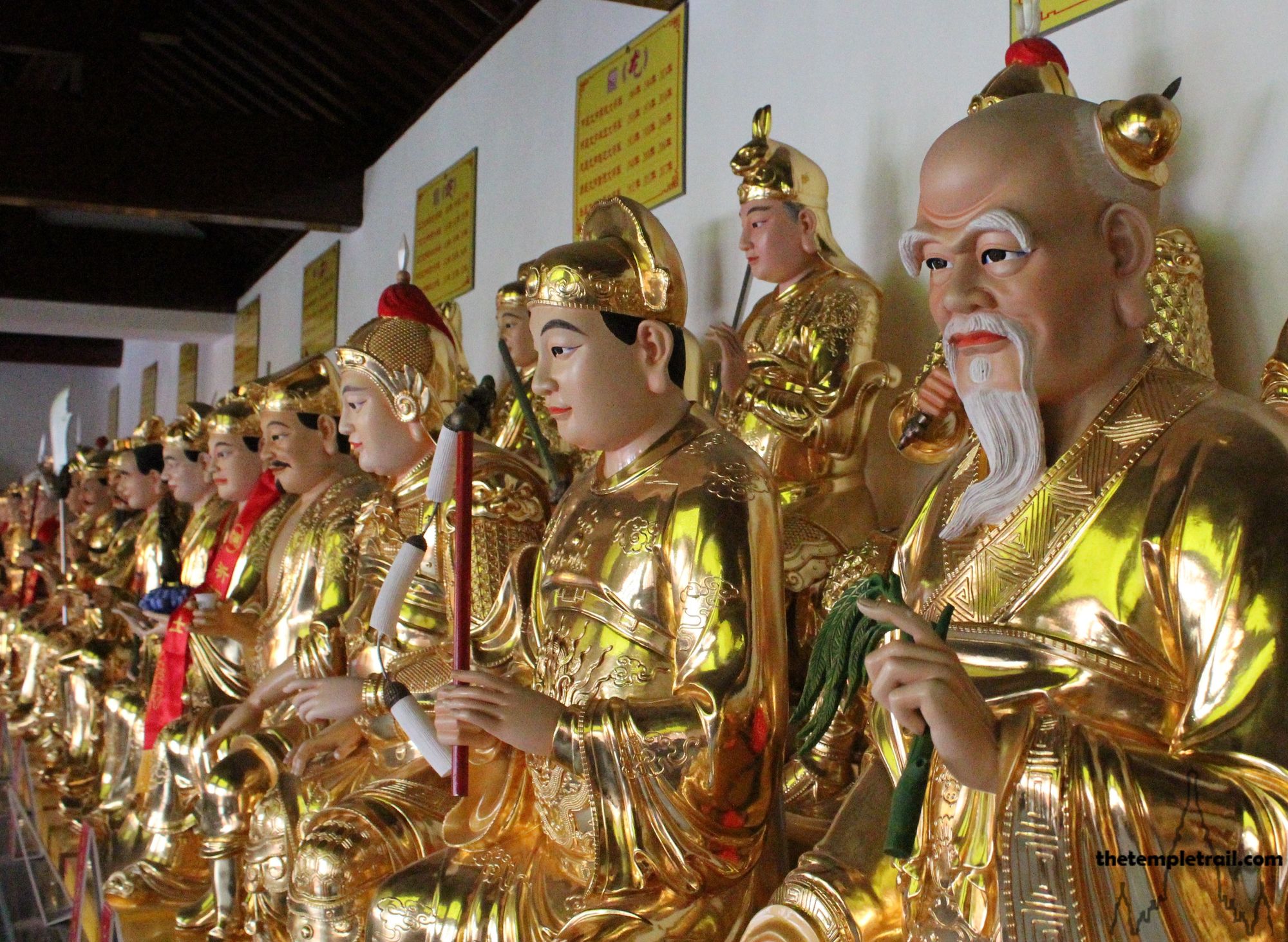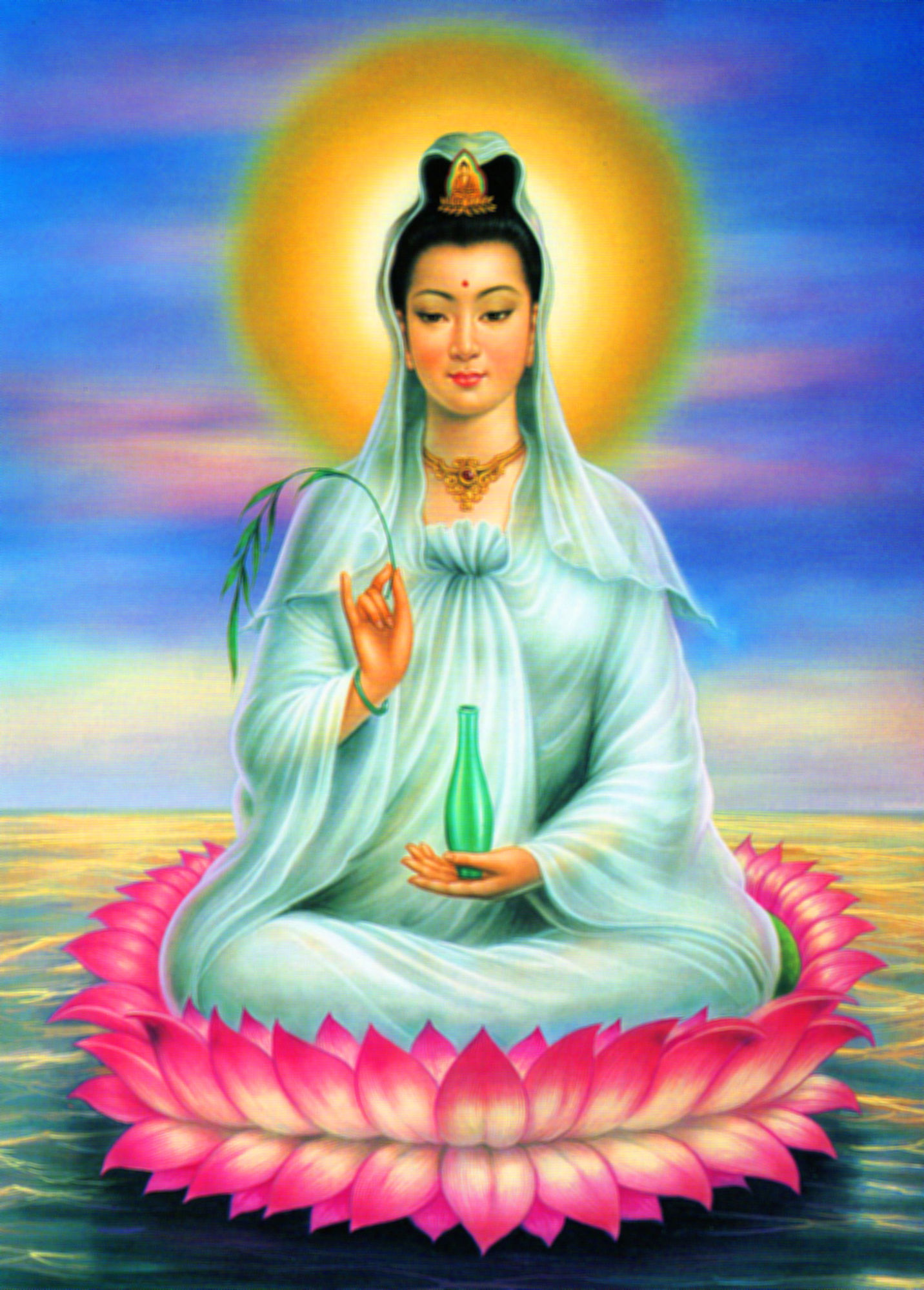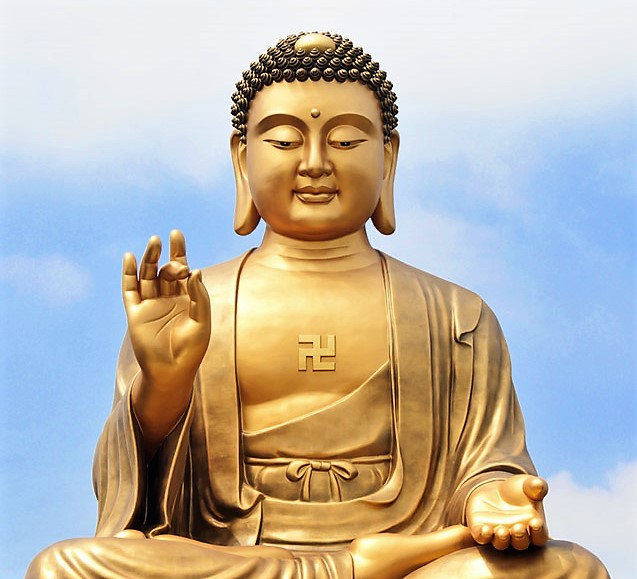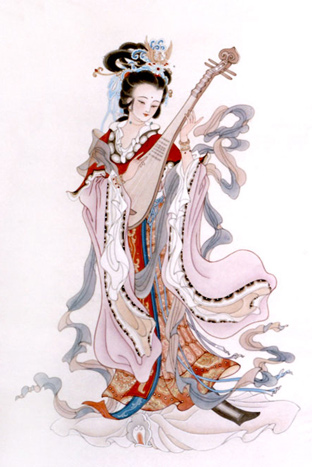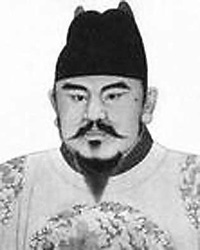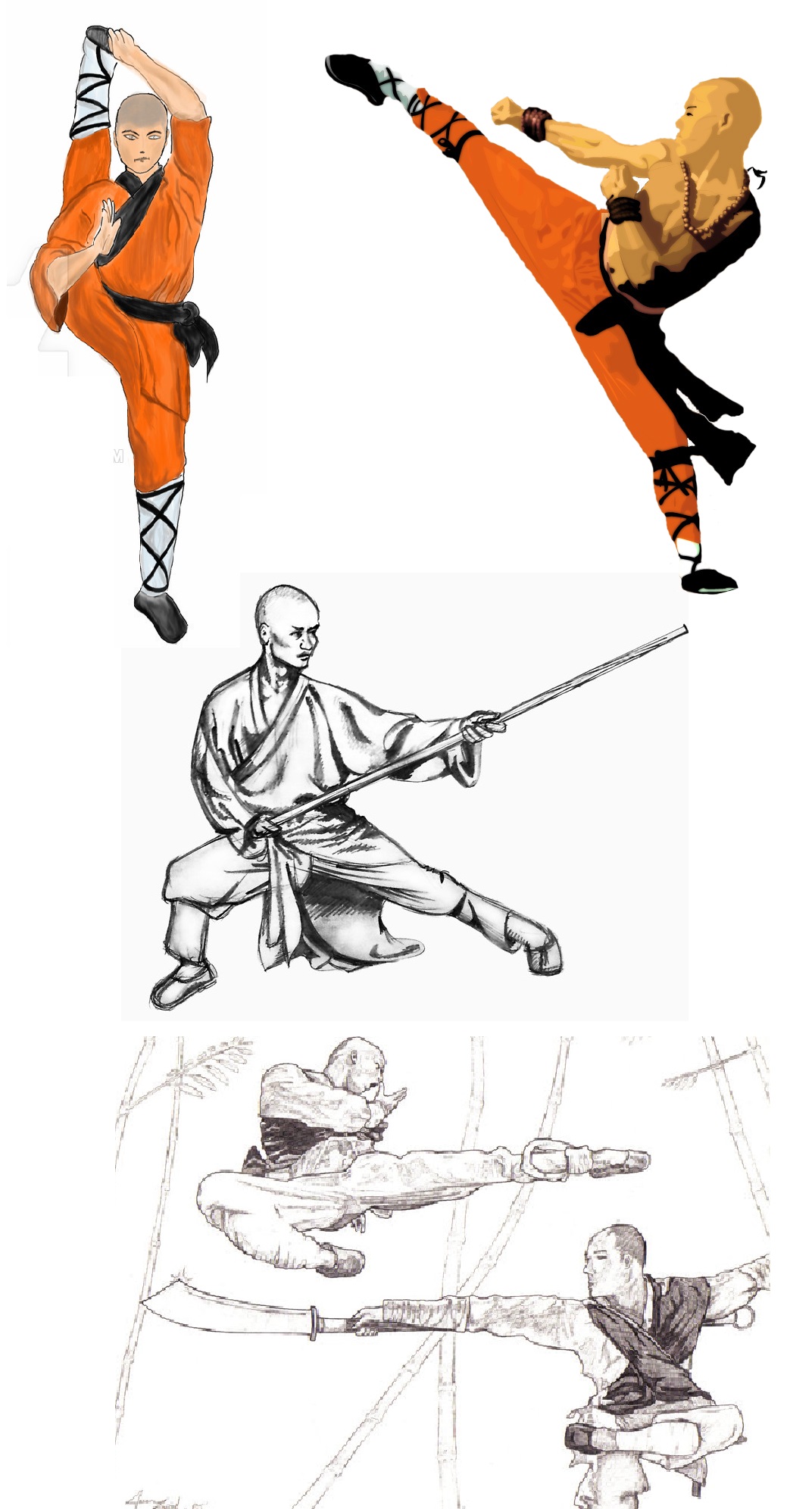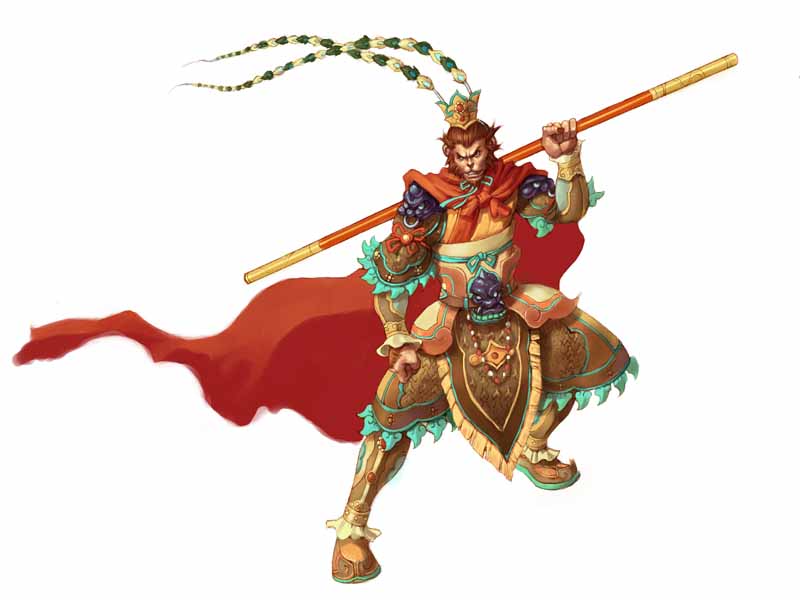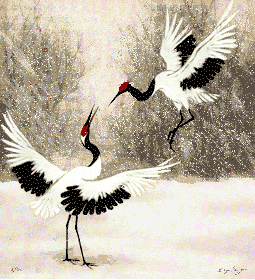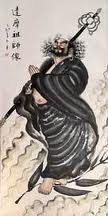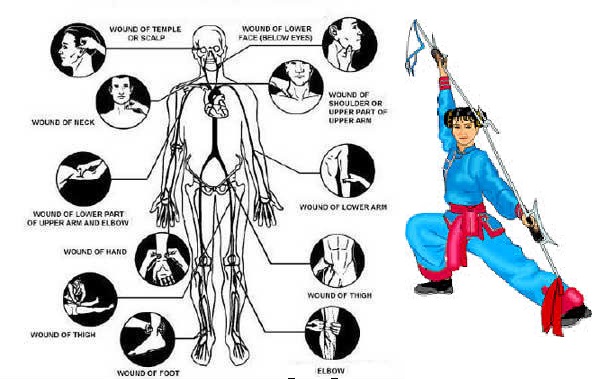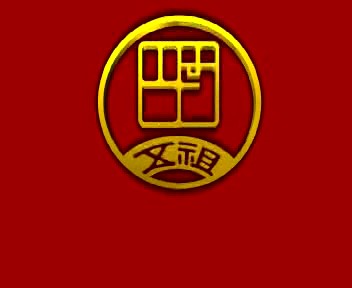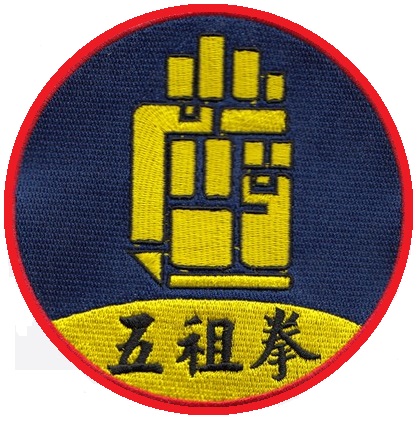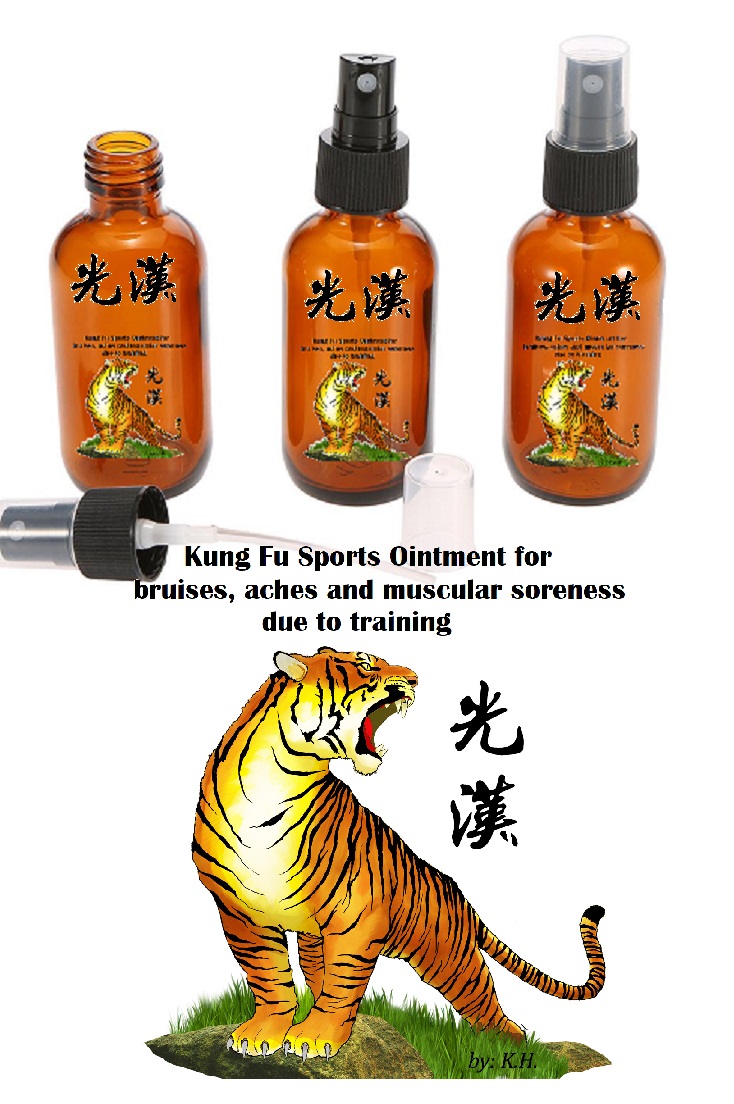Goh or Ngo Cho Kun is the ethnic words of the Hokkian language or Min Nan Hua that is predominantly spoken in Fujian province and Taiwan, this language is also widely spoken in South East Asian countries where many early ethnic Hokkians migrated during the 18th – 20th century to Indonesia, Singapore, Malaysia, Taiwan and in the Philippines it is also known as “Lan Nang Hue” (our language). Goh Cho Kun meaning Five Ancestors Fist in Mandarin it is pronounce as Wu Zu Quan (Chuan) at times in Hokkian the word Goh is also spell as Ngo the reason for this is because of the different Hokkian ethnicity that have a slight difference in pronunciation the Chinese characters are all the same it is written 五祖拳
To understand the origin of Ngo Cho Kun one has to go back to the time of the 1st Ming Emperor Zhu Yuanzhang (
The Tai Cho martial art system that was developed during the Song dynasty 960 -1279 AD by the Song emperor Zhao Kuangyin 趙匡胤, he was known to be a great martial artist will become a reputable martial art style representing the martial and imperial prowess of the emperor’s dynasty its formation and formulation an amalgamation of all the best known martial kung fu that existed during that time the Tai Cho system of the Emperor Song consisted mainly of known northern kung fu styles. When the Mongols invaded and conquered China establishing the Yuan dynasty in 1279 the Song Tai Zu martial art would go underground and will find its way to south China.
In 1368 China will be liberated from the Mongols by Zhu Yuanzhang( Chu Yuan Chang) 朱元璋 he will establish the Ming dynasty, Tai Zu martial art system will evolved to represent this liberation and to honor the Ming dynasty, Tai Zu martial system was reintroduced with modified, expanded new fighting techniques that emphasized more on short range, heavy conditioning application of fighting skills for the battlefield, development and utilization of powerful and explosive techniques it would become known as Ming Hung Quan 明洪拳 (Ming Great Fist). At the same time the Song Tai Zu martial art system will continue to exist and would be known as太祖长拳 “Tai Zu Chang Chuan” (emperor long fist). The Song Tai Zu and Ming Tai Zu will separately have their own history and martial development independent from each other this difference is clearly evident to this day.
The Ming Hung Tai Zu martial art system would expand mostly in the south especially in
.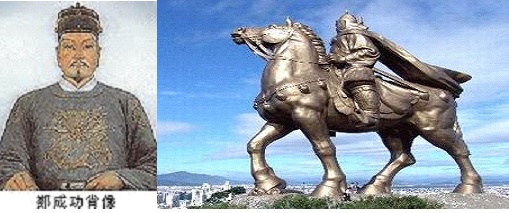
Admiral Zheng Cheng Gong the last Ming official to militarily resist the Qing forces.
Admiral Zheng would expel the Dutch from
Ming Hung Tai Zu would continue to be practiced as a symbol of resistance to the Qing with the hope for the restoration of the Ming dynasty or the liberation of
After the Qing have fully conquered northern China in 1644 many Ming loyalists, family members and military officials retreated to the south some will seek refuge inside the south Shaolin and other Buddhist and Taoist temples in Quanzhou and other parts of Fujian, they started to train in martial arts and will use those temples as a base to conduct anti Qing movements. In the south resistance against the Qing will be intense it was during this time that southern martial arts expanded mainly to train the southerners to fight off the Qing invaders and try to restore the Ming dynasty back to power the famous slogan would be反清复明, fan Qing, fu Ming “destroy the Qing restore the Ming”.
In 1734 the Qing decided to attack and destroy the Shaolin temple killing almost all of the inhabitants in the monastery, although there were other temples that were sheltering rebels and teaching martial art Shaolin temple was single out mainly because of the large number of rebels in the temple and Shaolin’s history allying with the Ming plus the Qing wanting to use the destruction of the Shaolin temple as an example to all other temples if they continue to resist they will be destroy as well.
In remembrance and honor of dynasty China, Tai Cho followers will commemorate, venerate the history of it. They will establish the five cultural tradition of having a spiritual tablet at their training hall that will represent:
- Taoism a religious philosophy advocating a life of piety, humility and naturalness
- Buddhism a religious belief that teaches enlightenment is the gateway to escape life’s suffering.
- Confucianism a philosophical teaching on civility, virtue, benevolent way of life
- Ancestral veneration-worshipping a religious practice that venerates dead loved ones or individuals that have live an exemplary life praying to their spirits to grant the living better or protected life.
- Emperor veneration-worshipping a religious belief that an emperor has the Mandate from Heaven a representative of sort from god or gods a demi-god and the emperor’s edict are sacred.
That would also include martial arts:
- Yong Chun White Crane created sometime in the 1700’s with its precise and whipping fighting techniques.
- Monkey Fist, for its agility, dexterity and cunning in battle.
- Shaolin boxing for its flexibility, speed and spiritual enlightenment.
- Da Mo and Taoist internal breathing, meditation exercises.
- Tai Cho Kun in recognition of the Song and Ming dynasty and the martial of it which is an amalgamation of all Chinese martial arts.
- Xuan Nu in recognition of pressure point, traditional medicine and healing aspect that is attributed to a forgotten lady master known to be an expert in this field.
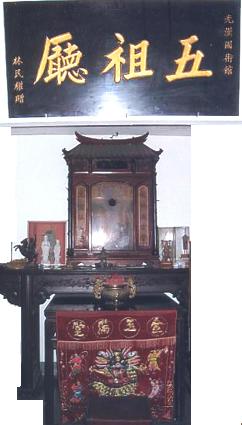
Altar of the Five Ancestors at Kong Han Martial Art Club in
As Tai Cho martial art started to spread to the general population the Qing made sure that all martial art schools will be strictly regulated. In order to escaped the prying eyes of the Qing, from getting shut down or attacked by the Qing army, many martial art schools started to hide their anti-Qing sentiments and started to develop coded hand signals and symbolism that only fellow patriots will be able to decipher. One of the hand codes is the hand salute, the right back fist resting on the hand of the left palm.
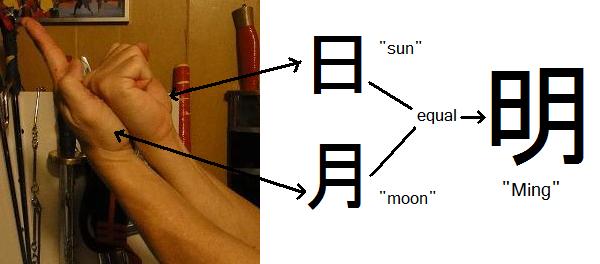
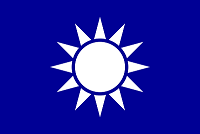
Another part of Goh Cho Kun history is the green lion青狮 ritual which was adopted from the southern Taizuquan martial art tradition, unlike all other lion dances, the green lion is neither a dance nor a ceremonial lion it is a ritual, the green lion with its fierce face and sharp saber tooth symbolizes the Qing dynasty清朝 for their brutality and harsh rule, the color green of the lion is because the word green in Fujian dialect minnan hua 閩南語 is pronounce as “tsi” which sound the same as Qing or Ching thus camouflaging the real representation of the green lion also the green representing the Qing’s Green Standard Army “Lüying 綠營” which are deployed in local civilian population acting as constabulary to enforce Qing laws, quell small scale disturbances and minor rebellion. The Ngo Cho Kun warrior that fights the green lion with a martial art weapon symbolizes and reminds them of the struggle of the Han people for freedom. The green lion ritual ends with the green lion being slain that is why up to this day it is very rare to see the green lion performing in ceremonial festivities such as weddings or birthdays.
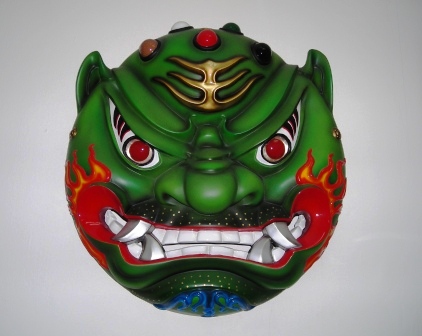
After the fall of the Qing dynasty in 1911, the Fighting Green Lion became a representation of freedom and prosperity.
Green represents auspiciousness and prosperity, the white eyebrow represents wisdom and justice, the white fang represents courage and patriotism, the fierce face fight against evil or is to scare away evil and red for long life.
Today, the green lion no longer represent any form of political or social rebellion; it now represents hope, peace, and unity it is slowly being introduced in festivals and special events as a ceremonial lion.
Later Development of Goh Cho Kun
Taizuquan sometime in the 1700s would become the mainstream martial art in Fujian China with many followers in Zhangzhou, Quanzhou and
Later in the 1880’s two great masters Chua Giok Beng and Li Junren will introduced their version of Goh Cho Kun which will be based on five kung fu styles for Chua Giok Beng it will be the combination of the Song-Tai Cho Kun (long fist), Monkey Fist. Lo Han, White Crane and Da Mo Chua’s version of Ngo Cho Kun will be known as Ngo Cho Kun Ho Yang Pai. 五祖拳何阳派. And Li Junren’s version will be known as Yong Chun-Ngo Cho Kun 永春五祖拳 his Ngo Cho Kun will be based on the combination of Ming Tai Cho Kun, Monkey Fist, Yong Chun White Crane, Lo Han boxing-Da Mo and Xuan Nu.
Thus the origin of Goh Cho Kun was started by a group of Tai Cho Masters all of their core development were based on the history and legacy of the Ming dynasty and was developed during the Qing dynasty all followed the concept of the Sam Chien and the Green Lion representation. Because of this very closed and shared history all Goh Cho Kun will be interrelated and interchangeable and will have heavy influences upon each other. Ho Yang Pai Ngo Cho Kun will have strong presence at Quanzhou, Yong Chun Goh Cho Kun will have strong presence at Yong Chun. Both Chua Giok Beng and Li Junren are known to have been very close friends sharing several theories and research in the formulation of their respective Goh Cho Kun.
Many Tai Cho martial artist will join either Chua's Ho Yang Pai or Li's Yong Chun NCK while others who did not will remain Tai Cho Goh Cho Kun.
Kong Han Martial Art Club founded by Dr. Lo Yan Chiu its martial art kung fu lineage is base on the Tai Cho-Goh Cho Kun history.
Some of the outstanding Masters descendants of early Wuzu (Ngo Cho)-Taizuquan in the 1800s were Ho Yang, Li Junren (李俊仁), Lin Jiuru (林九如), Zhuang Dan (庄胆), Gong Pozhan (公婆詹), Cai Yuming (蔡玉鸣) and many others
Ho Yang (何阳, 1795-1880)
Was originally from
Lo Yan Chiu (盧言秋, 1878-1944) of Tai Cho Goh Cho Kun Lineage
Was born in Quanzhou he started at age 14 studying martial arts with Master Zhuang Dan (庄胆), and then he became a disciple of Kong Po Chiam (公婆詹), of the Tai Cho / Ngo Cho Kun style. He also met and interacted with the famous Sijo Chua Giok Beng and his disciples Master Lim Kui Lu (林九如), Chen Qingming, Tan Kiong Beng and others thus expanding his skills, abilities and knowledge in ngo cho kun. After only 5 years of intense training, Lo Yan Chiu opened his school in 1897 at Wei Tou village, instructing in Ngo Cho Kun and offering medical services.
In 1899, he traveled overseas over nine years to countries including
In 1936, the Sino-Japanese war commenced and by urging of his students given his advanced age and his involvement against
In 1937, Lo Yan Chiu setup the Kong Han Athletic Club and taught there. In 1942, Japanese forces occupied
At present the legacy of Dr. Lo Yan Chiu and Kong Han Athletic Club is under the leadership of his grandson Headmaster Lo Si Beng 盧思明 (Henry Lo) with instructors in the
Chua Giok Beng (蔡玉鳴1853 -1910)
Chua combined the best of the existing five famous styles of kung-fu from Fukien at that time into a composite style. It was therefore made up of the following styles: peho (white crane), Tai Cho (Sung dynasty emperor boxing), lohan (Buddhist arhat methods), kao kun (monkey), and tat chun (Bodhidharma’s method). Chua called his style ngo cho kun, or “fist of the five ancestors,” in honor of the five styles he combined.
Li Junren founder of Yong Chun-Wuzuquan 永春五祖拳
One of the well known temple in Quanzhou that has a record of teaching Tai Zu Quan is the Dong Chan Temple (东禅寺, Eastern Zen Temple) according to their records Li Junren李俊仁 (1849 -1933) started training in martial art at Dongchan Temple 东禅寺 Quanzhou Fujian China in the southern Ming Tai Zu martial art style that was expanded by Grandmaster Wu Xin 悟心 in the 1700s. Li Junren would excel in his martial arts and after spending years training he decided to return to his hometown in
Li Junren will pass his lineage to his nephew Kan Teck Guan and in the mid 1900s Master Kan will establish schools in Singapore and Malaysia.
was born in Yongchun county,
In the early 1900's he moved to
Tan Kiong Beng (陈京銘)
One of the Ten Tigers of Chua Giok Beng, Master Tan Kiong Beng is famous for his iron palm technique in 1918 he will visit
Sim Yong Tik (1881-1964沈揚徳,)
Master Sim was the last indoor disciple of Sijo Chua Giok Beng. Master Sim in the 1930s will expand Ngo Cho Kun to
Lo Ban Teng (盧萬定1886 -1958
Was originally from
Lo Ban Teng moved to
Lo Ban Teng was the most influential figure in establishing Chua Giok Beng-Wuzuquan in
Lo Ban Teng will pass his skills and legacy to Lim Tjoei Kang (林粹刚 1896-1966 fk Lin Cuigang) and Kwik Tjong Thay (郭种泰 1916 -2001, Guo Zhongtai) Lim Tjoie Kang was a student and a nephew of Lo Ban Teng and an adopted son of Sim Yong Tik. At present the Lo Ban Teng Wuzuquan is still being taught in
Bai Yufeng was a 14th century famous northern Shaolin martial art master according to an article written by Dr Yang, Jwing-Ming is that base on northern Shaolin records, Bai Yufeng was a Shaolin master who adapted the Shaolin name Qiu Yue Chan Shi he will combine the Five Animal system into one (1) Tiger (2) Crane (3) Snake (4) leopard and (5) Dragon they will be called Wu Xing Quan 五形拳. According to the book Shaolin Temple Record, he developed the then existing 18 Buddha Hands techniques into 173 techniques. Not only that, he compiled the existing techniques contained within Shaolin and wrote the book, The Essence of Five Fist無極五拳. This book included and discussed the practice methods and applications of the Five Fist (Animal) Patterns also known as Wu Quan 五拳.
It will be no surprise that during the fall of the Ming dynasty many followers and descendants of Bai Yi Feng will follow the immigration together with many of Ming loyalist to South China in the 17th century that would eventually affect their martial art system getting influence and adapting to southern system that include incorporate Yong Chun White Crane, Southern Tai Cho and Southern Lo Han from Five Animal Fist to Five Ancestors Fist.
In the early 1960s the late Grandmaster Chee Kim Thong from
The Bai Yufeng-Ngo Cho Kun existence in Fujian was so secretive that the only known existing grandmaster was GM Lin Xian who according to the writings of the CKT Society, was that GM Lin Xian taught the late GM Chee Kim Thong sometime in the 1930s their system of Wuzuquan; in fact GM Chee Kim Thong would be his only known student and inheritor of what is to be Bai Yufeng-Wuzuquan.
From 1880 – 1960 the Ngo Cho Kun Ho Yang, Tai Cho-Ngo Cho Kun and Yong Chun-Ngo Cho Kun were the only known Ngo Cho Kun in the Fujian Martial Art community, in the early 1960s the Bai Yufeng-Wuzuquan lineage that was revealed through the efforts of the late GM Chee Kim Thong of Malaysia who has kept their lineage secret for decades will be accepted as another part of the Ngo Cho Kun history.
What made Wuzuquan such an outstanding martial art system; is that it is able to adapt to the martial art environment and keep up with the ever changing times.Wuzuquan can now be express and identify base on following:
- Tai Cho- Goh Cho Kun
- Ho Yang Pai-Goh Cho Kun
- Yong Chun-Goh Cho Kun
- Bai Yu Feng-Goh Cho Kun
All these four are express also as Goh Cho Kun 五祖拳.
Goh Cho Kun will have a significant influence also in the development of Japanese martial arts most notably
The legacy of Ngo Cho Kun has now expanded world wide with schools in
武林一家, “Wu Lin Yi Jia” One Martial Family

Article prepared by: Sifu Daniel Kun
With special acknowledgment to:
Grandmaster Henry Lo (Lu Zuming) Grand Headmaster of Kong Han Martial Arts Club Manila Philippines
The late Grandmaster Dr. Lo King Hui "Essentials of Ngo Cho Kun"
Quanzhou South Shaolin Temple
Taiping Research Institute "History of Tai Zu and Wu Zu Quan"
“Way of Ngo Cho Kun” book by Grandmaster Alexander Co of Beng Kiam Martial Art Club Manila Philippines



